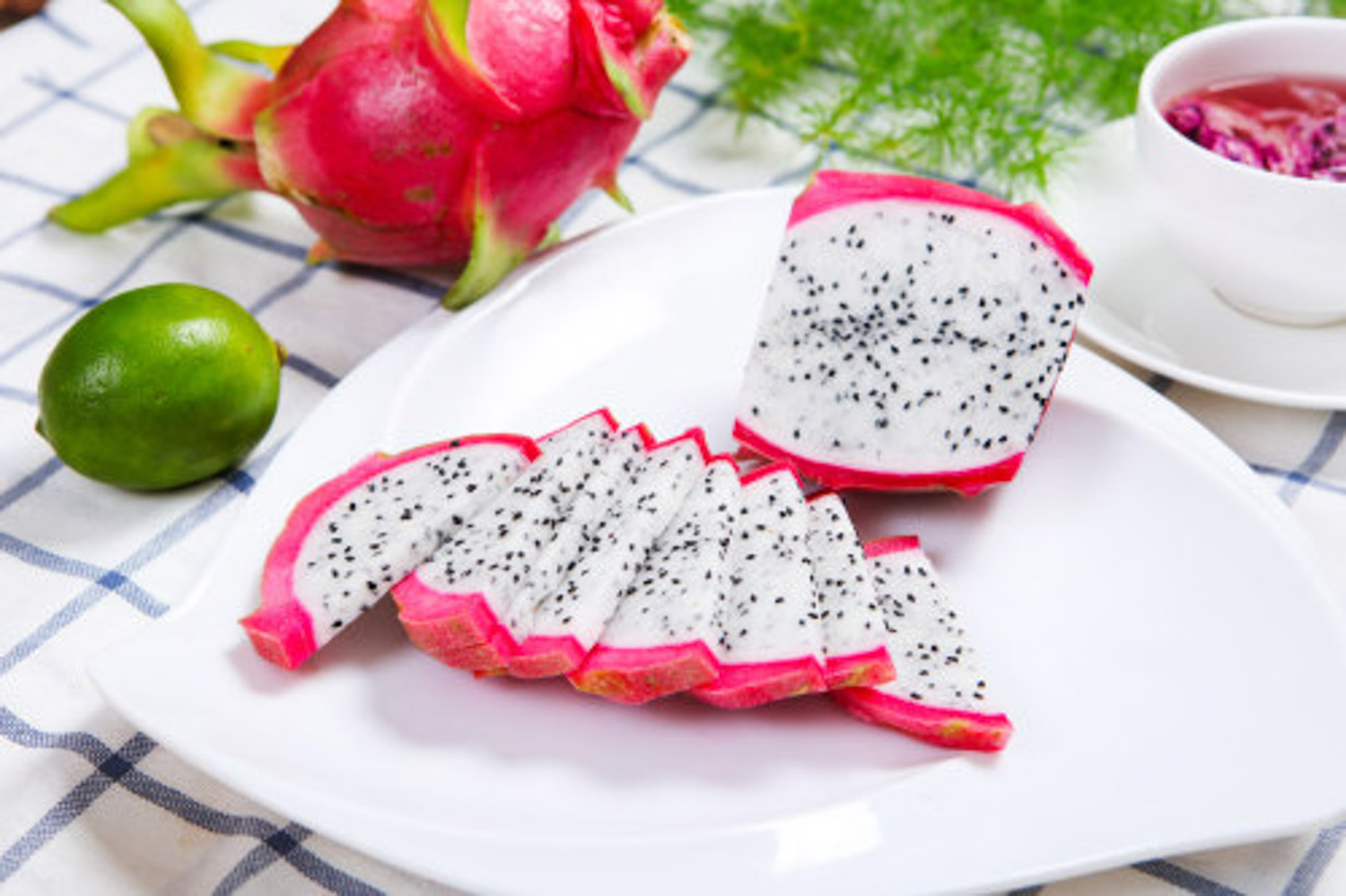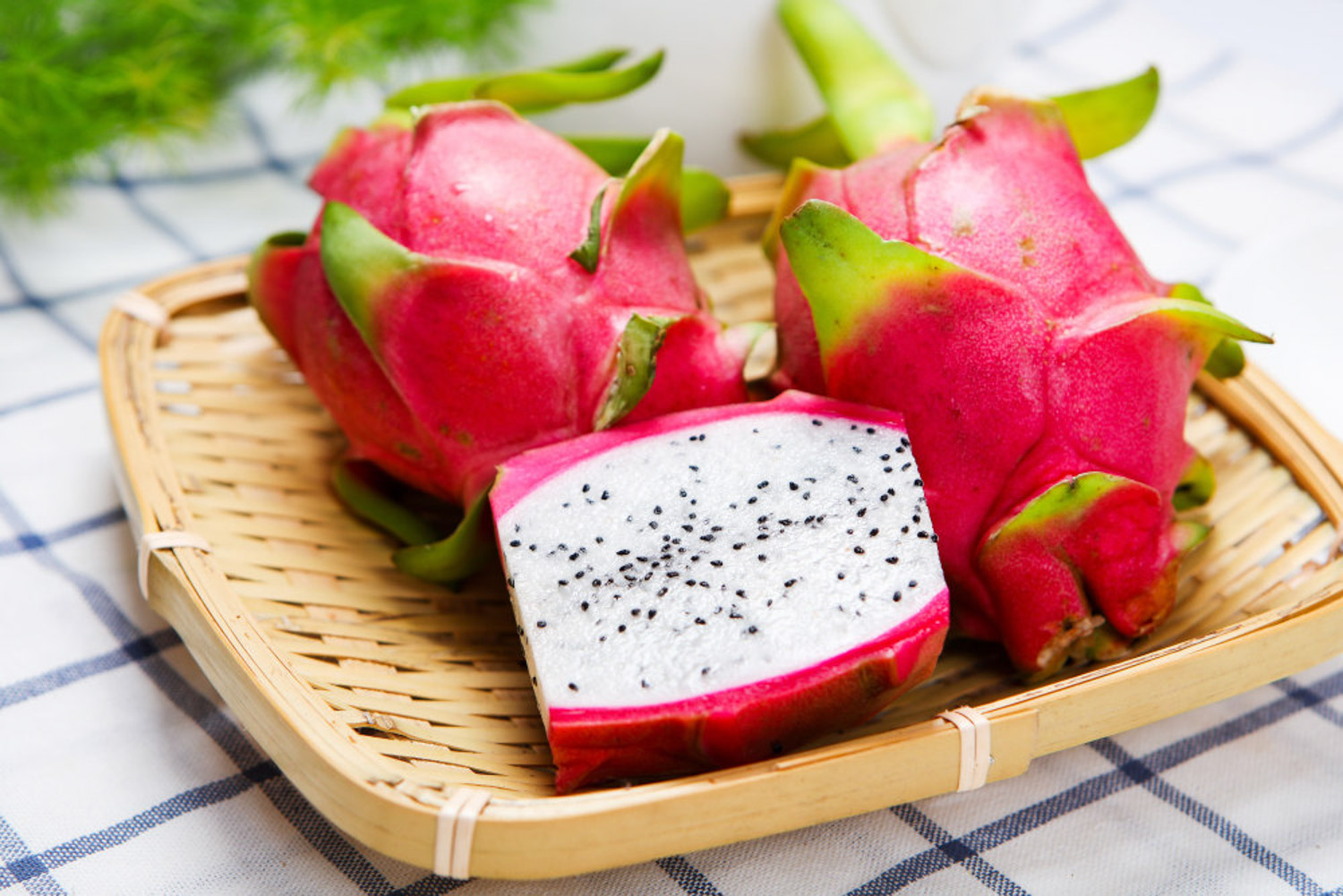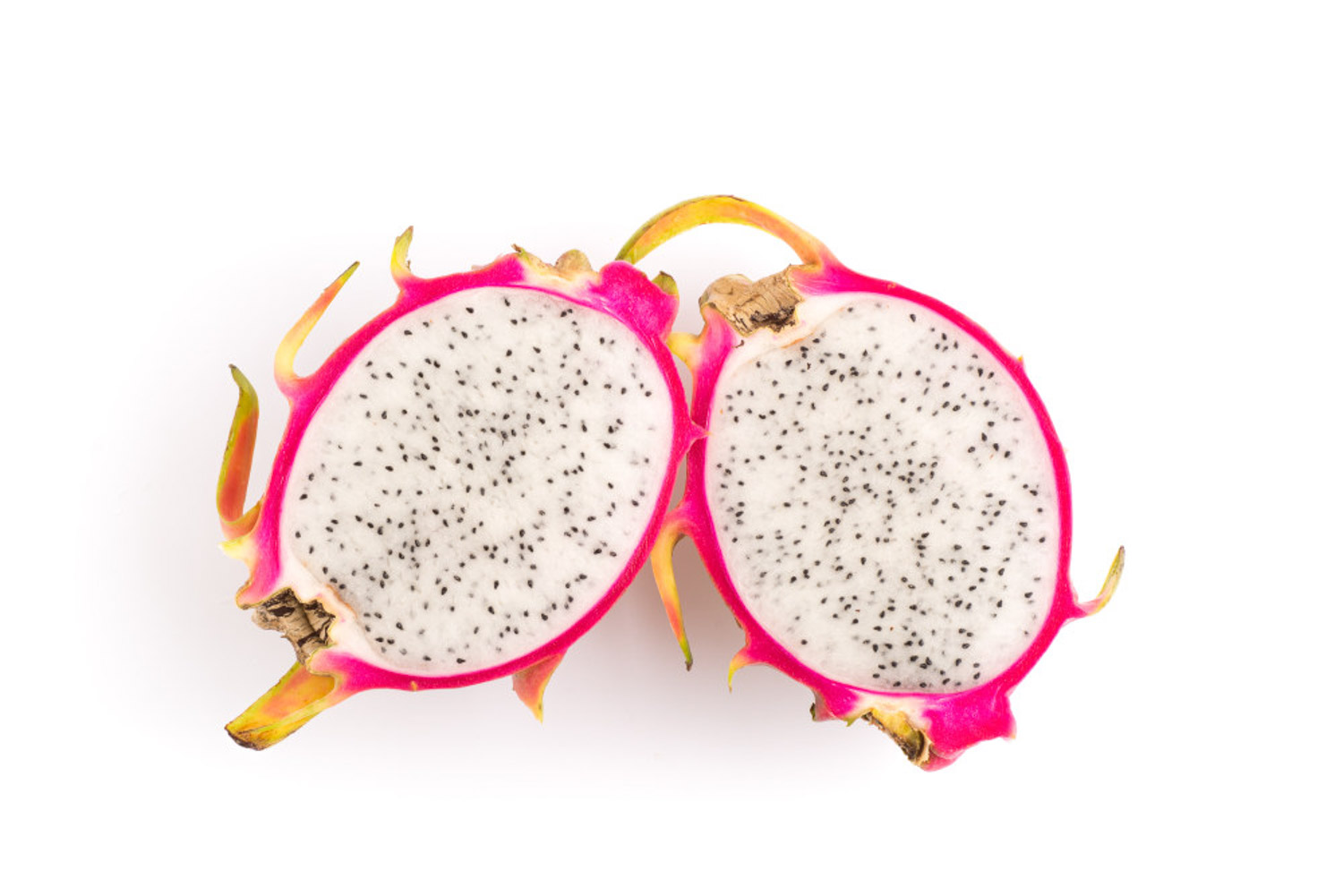1、 Breeding method
1. Soil: pitaya has a good ability to adapt to the soil, so it doesn't have to be too strict in preparing the soil. However, it is best to use soil rich in humus and capable of retaining water and fertilizer, preferably neutral or weakly acidic
2. Moisture: in order for its root system to grow vigorously, it needs to be watered more in spring and summer, but don't let there be ponding in the basin. Especially in rainy season, pay attention to drainage while watering less

3. Temperature: it has good adaptability, and the best temperature for curing is 25-35 ℃. It can endure low temperature of 0 ℃ and high temperature above 40 ℃, so as long as the temperature is not particularly high or low
4. Sunshine: pitaya is bright, but it can also withstand shade. In the warm environment with sufficient light, it will grow faster and more vigorously. Therefore, put the potted plants in a place with good light

2、 Fast rooting method
If you want to make the cutting pitaya take root quickly, you need to choose the appropriate time and carry out it in spring. The selected cuttings should also grow strong, and the root growth speed of thin branches will be very slow. In addition, when cutting, try not to damage the cuttings as much as possible, so as to grow in a strong state and grow new roots faster


 how many times do yo...
how many times do yo... how many planted tre...
how many planted tre... how many pine trees ...
how many pine trees ... how many pecan trees...
how many pecan trees... how many plants comp...
how many plants comp... how many plants can ...
how many plants can ... how many plants and ...
how many plants and ... how many pepper plan...
how many pepper plan...




























